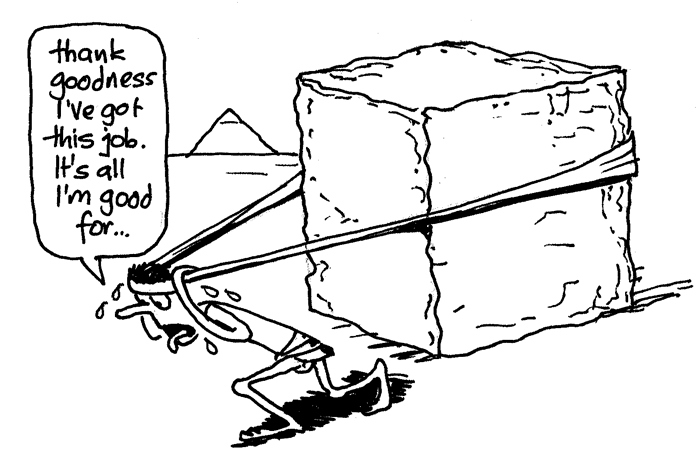My friend Layne Hartsell sent me a link to an article on Yahoo news "Anti-Troll' Marblar Unites NASA Patents, Samsung to Crowdsource New Products".
Marblar CEO Daniel Perez said that although many companies' research and development departments spend millions of dollars on such patents, more than 95 percent of them sit unused.I digested the text and put some comments on it, you can access it through Diigo HERE.
"They're just kind of laying dormant," he told ABC News. "But what if people saw the patents for a special type of material from NASA or a unique laser from Oxford? What are some new ways that we can incorporate these patents into new products?"
Marblar is a new tool for mining and valuing dark IP. What value Marblar brings to the market? They bring dark IP to the surface, from different sources, and they put in one place. The huge database of patents also gets sorted and refined using the users of the website (so they crowdsource that work too). They also ease licensing/royalties agreements between at least 3 parties: the owners of the IP (NASA for example), applications developers (the crowd), and companies that have the capability to put products on the market, (Samsung for example).
I see here old school mentality trying to adapt to the new. These are people who still value IP, who don't understand the open innovation game, who don't realize its potential, or who simply can't play it in their current setting. They have spent a lot of money developing all sorts of technologies and are now trying to value them in a different way. In other words, they feel that the IP they're sitting on surpasses their capacity to put it into practice, to develop its full potential, and they are essentially outsourcing (by crowdsourcing) applications development. This is already recognizing that they (closed corporations) aren't innovative enough. This is recognizing that the creativity economy will be driven by the multitude (the crowd, in their terms). But they are still holding on to their patents because they feel they should get a return on their investment and, most importantly, because they don't know how, or they can't play the open game.
If you ask my opinion, I would put all this dark IP into the public domain, especially the one developed with public funds. This will do a lot more good for the local economy!!
If I was a large company like Samsong, I would re-purpose my business core into a value network management group. Don't need intermediaries like Marblar. Samsong has the resources to become a locus of open innovation, an attractor of bright minds, by providing the space, the equipment, and the proper incentives for an innovative ecosystem to grow around their mission.
But I am not a large company and I am with the 99%, which is now merging into open value networks, powerful (I believe) economic entities, capable of bringing ideas to market. Watch the video below where I explain the open value network model.
Open value networks like SENSORICA also have strategies to mine dark IP. You can take a look at our approach in THIS document.
In my opinion, Marblar is only a transitory system. This model is missing something extremely important, the dynamics of open innovation, which is beneficial for society at large, but also for individuals who engage in it IF we give ourselves the proper tools, like a value accounting system, and a p2p production framework like the one proposed by the open value network model. Nonetheless, it is refreshing to see that Marblar implements a rudimentary value accounting system with their "marble" points, which has the effect to turn competitive product development into large scale collaborative product development. This is precisely the dynamics we're nurturing in entities like SENSORICA, to turn product development into a long tail process.
But systems like Marbler are setting up a candy economy (see THIS post for the definition) and are furthering the netarchical capitalism agenda. SENSORICA is setting up a commons-based peer production system, in which ALL revenue is redistributed in a FAIR way to ALL the participants. The Marblar scheme treats participants as resources, as the crowd, as a mass that can be organized to produce new ideas for the big guys to exploit and rip all the profits, giving a candy back to the crowd (see my post Why I don't like crowdsourcing). SENSORICA is empowering, see participants as equipotent peers, is inclusive, is fair. Which one feels better? Which one do you think will grow faster?
The new world will not be uniform or monolithic. As in the old world, there will be oppositions or antagonistic systems in the new world too. Netarchical capitalism, which is in fact a new form of feudalism is gradually defining itself and growing in opposition to peer production. Those who own our most important resources are looking for ways to transfer their assets into the new economy and to preserve their power. They are building platforms that they can control, and are hoping that the rest of us will get trapped in there or become dependent. The p2p or the multitude movement is building p2p infrastructures parallel (that fulfill the same functions) to these centralized and controlled platforms, with the hope to free the individual. We need to distinguish between being able to co-create value using a platform owned by someone, and being able to co-create value in an environment that is not owned or controlled by anyone, as autonomous and equipotent peers. In both cases we co-create value, we collaborate, but I prefer not having someone to randomly decide if I'm in or out...
By t!b!



